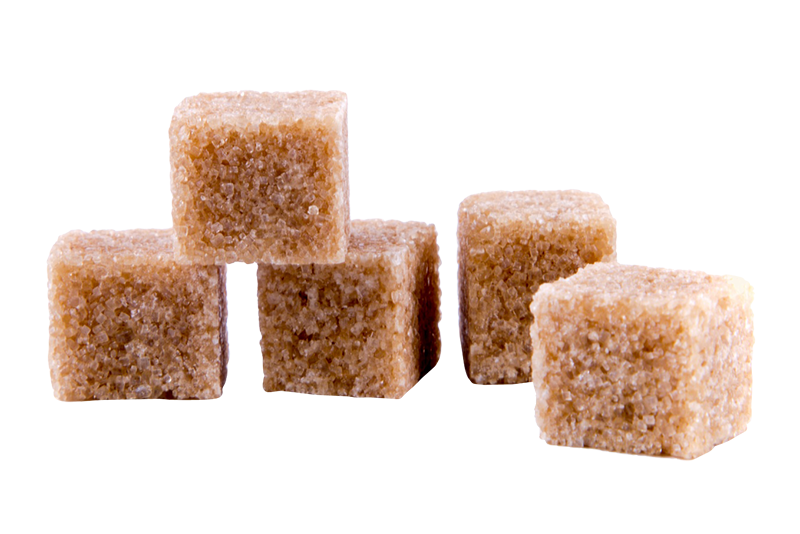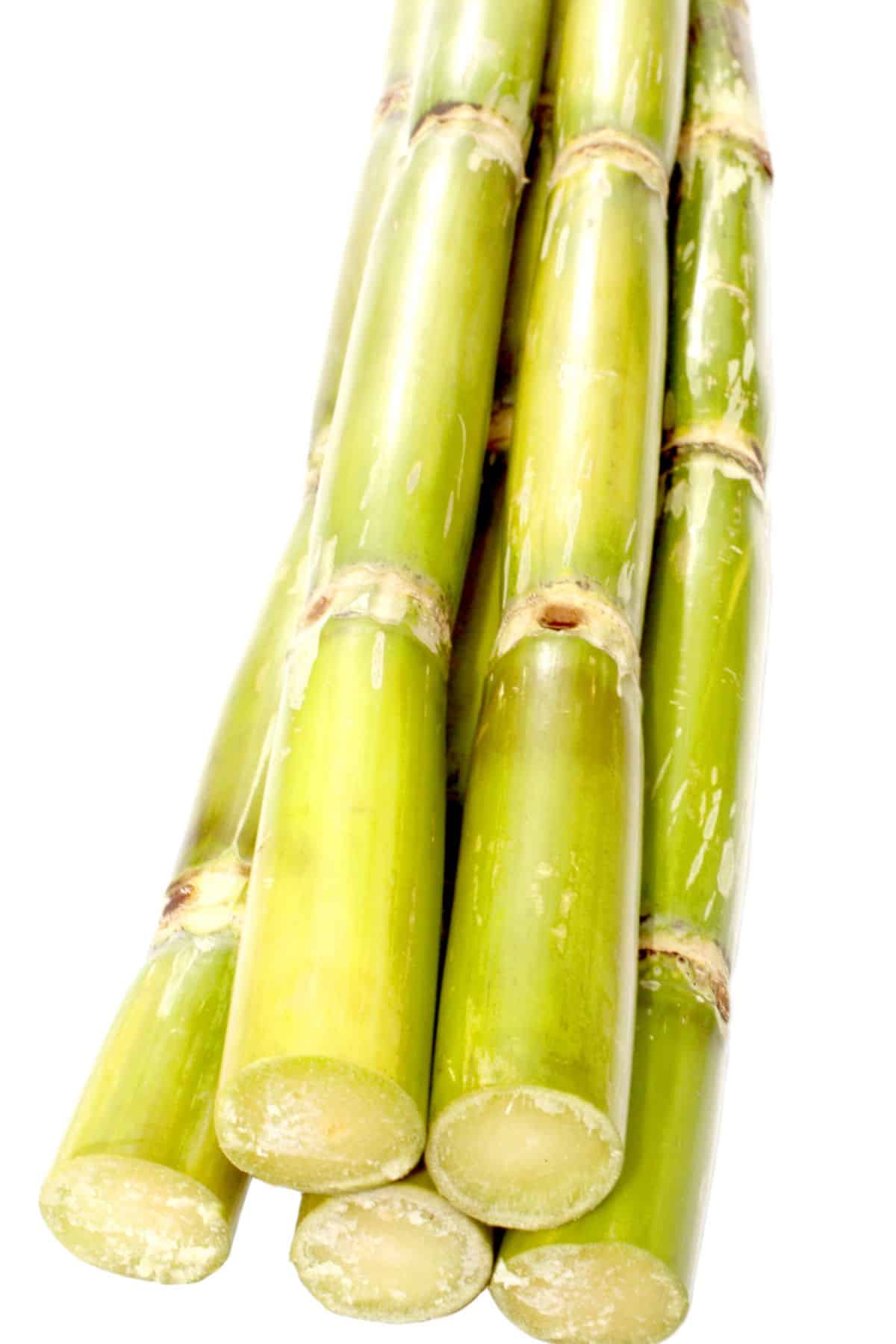Exploring the Comprehensive Tips Associated With Walking Cane Sugar Processing From Collecting to Refinement
The process of walking cane sugar production encompasses a collection of intricate steps, starting with the careful harvesting of sugarcane and finishing in the refinement stages that make sure the end product satisfies industry criteria. Each stage, from the removal of juice to the purification and crystallization procedures, plays a crucial duty in identifying the quality and personality of the sugar. Understanding these stages not only highlights the intricacy of sugar production however also increases important concerns concerning efficiency, sustainability, and technology in the market. What effects do these aspects have for future practices?
Harvesting Sugarcane
Collecting sugarcane is a crucial step in the walking cane sugar processing chain, as it directly affects the top quality and return of the last item. Correct timing and strategies are important during this stage to ensure optimal sugar content and reduce losses. Normally, sugarcane is gathered when it gets to maturation, generally 12 to 18 months after growing, defined by a high sucrose focus.

Post-harvest, the sugarcane needs to be refined promptly to stop sucrose deterioration. Ideally, harvested cane should be transferred to refining facilities within 1 day to preserve sugar quality. Consequently, effective logistical preparation is critical to keep the stability of the harvested crop throughout the supply chain.
Removal Process

The smashed walking cane undergoes a collection of pressing procedures to optimize juice healing. Commonly, warm water is sprayed onto the crushed walking cane, creating a countercurrent circulation that aids liquify the sugar while also helping in the extraction process. The juice accumulated from this operation includes not just sugar however additionally different organic substances and contaminations.

To improve removal performance, some centers might use diffusion techniques, where the sugarcane is taken in warm water, permitting the soluble sugars to diffuse right into the fluid. The resulting juice, abundant in sucrose, is after that directed to subsequent handling phases, laying the structure for filtration and improvement. The removal process is thus pivotal in identifying the top quality and return of the last sugar item.
Filtration Strategies
The purification strategies employed in walking stick sugar processing are essential for changing the raw juice right into a top quality sugar item. These methods mainly aim to get rid of impurities, such as soil, plant materials, and inorganic materials, which can detrimentally impact the end product's taste and color.
One of the most usual filtration methods is information. This procedure entails adding lime and heat to the raw juice, which assists in the coagulation of pollutants. The resulting precipitate is then eliminated through sedimentation or purification, producing a clearer juice. In addition, making use of phosphoric acid can boost the explanation process by additional binding impurities.
An additional considerable strategy is carbonatation, where check that carbon dioxide is introduced to the clarified juice. This response produces calcium carbonate, which records staying contaminations and promotes their elimination.
Additionally, turned on carbon treatment might be used to adsorb any type of remaining colorants and natural impurities, making certain a much more polished product. The combination of these methods efficiently prepares the sugar juice for succeeding action in the refining process, establishing the phase for the production of top quality walking cane sugar.
Crystallization Techniques
After the filtration stage, the next important step in walking stick sugar handling entails crystallization methods, which play a crucial role in transforming the cleared up juice right into strong sugar. This process generally uses two primary techniques: spontaneous formation and regulated crystallization.
In spontaneous crystallization, supersaturated sugar options are permitted to cool naturally, resulting in the development of sugar crystals with time. This method is easier however might cause irregular crystal sizes and lower purity levels. On the other hand, managed condensation is a much more exact strategy where focus, seeding, and temperature representatives are meticulously handled. This approach permits for the consistent development of sugar crystals and greater purity.
During crystallization, the clarified juice is focused with dissipation, enhancing its sugar content till it gets to supersaturation. Once this factor is achieved, either approach can help with the condensation procedure. Cane Sugar Processing. The resultant sugar crystals are then divided from the staying syrup with centrifugation
Eventually, the choice of condensation approach affects the quality, dimension, and purity of the last sugar product, making this step essential in the overall cane sugar processing procedure.
Refinement and Product Packaging
Exactly how can the pureness and quality of walking cane sugar be additionally boosted after formation? The improvement procedure plays a vital role in achieving top notch walking stick sugar.
Next, the sugar undergoes a procedure called centrifugation, where it is rotated at high speeds to separate the purified sugar crystals from the continuing to be liquid. After centrifugation, the sugar is commonly further fine-tuned with an approach called Find Out More carbonization or phosphatation, which utilizes activated carbon or phosphoric acid to remove shade and off-flavors.
As soon as refined, the sugar is dried out to attain the preferred wetness web content, making certain that it continues to be steady during storage space and transportation. The last step entails packaging the refined sugar in airtight and moisture-proof containers to keep its top quality and prevent contamination. Cane Sugar Processing. Appropriate packaging not only prolongs service life however likewise promotes very easy handling and distribution, making sure that customers obtain sugar that fulfills the highest possible requirements of pureness and top quality
Final Thought
The detailed steps involved in cane sugar handling, from the precise harvesting of sugarcane like this to the intricate refinement and product packaging phases, underscore the relevance of each phase in making sure high-grade sugar production. Optimal harvesting strategies, efficient extraction approaches, and strenuous filtration processes jointly contribute to the final product's purity and stability. The formation and succeeding product packaging methods better boost the stability and shelf life of the sugar, highlighting the intricacy and precision fundamental in this essential agricultural industry.
The process of cane sugar production incorporates a series of intricate steps, starting with the cautious harvesting of sugarcane and finishing in the improvement phases that make certain the last product fulfills market criteria. Ideally, gathered cane needs to be transferred to refining facilities within 24 hours to maintain sugar high quality.In spontaneous formation, supersaturated sugar options are enabled to cool normally, leading to the development of sugar crystals over time - Cane Sugar Processing. The refinement procedure plays an important role in accomplishing high-quality cane sugar.The detailed actions included in walking cane sugar handling, from the thorough harvesting of sugarcane to the complex refinement and packaging stages, highlight the significance of each stage in ensuring high-grade sugar production